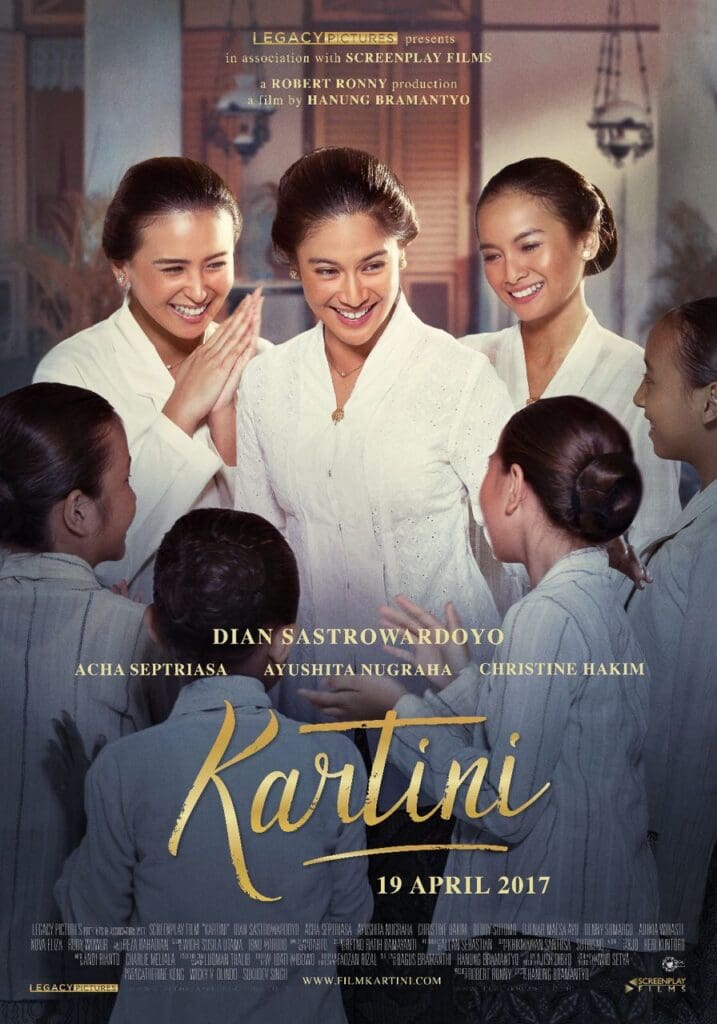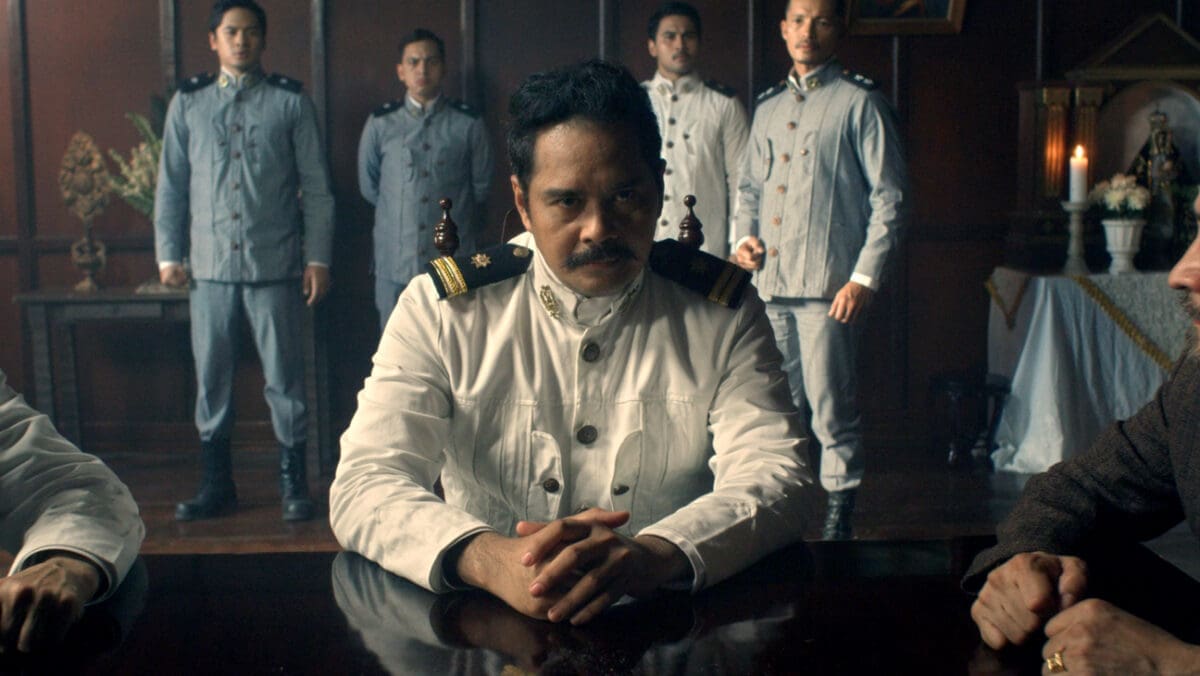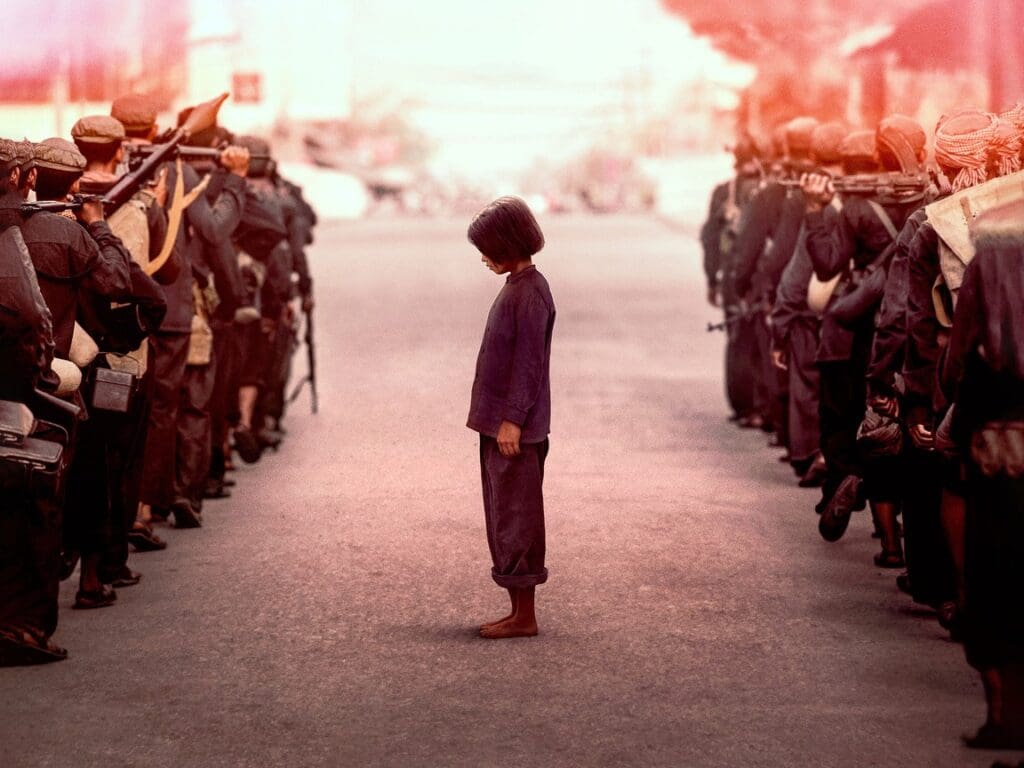
No one can deny that Southeast Asian movies never fail to impress our typical Western taste on cinematography. You might be running out of best historical movies on Netflix to watch, but you may be missing some of the most plausible ones to view. Read through our list of 3 Best Historical Movies on Netflix: Southeast Asia Edition below.
1.) First they Killed my Father (2017)
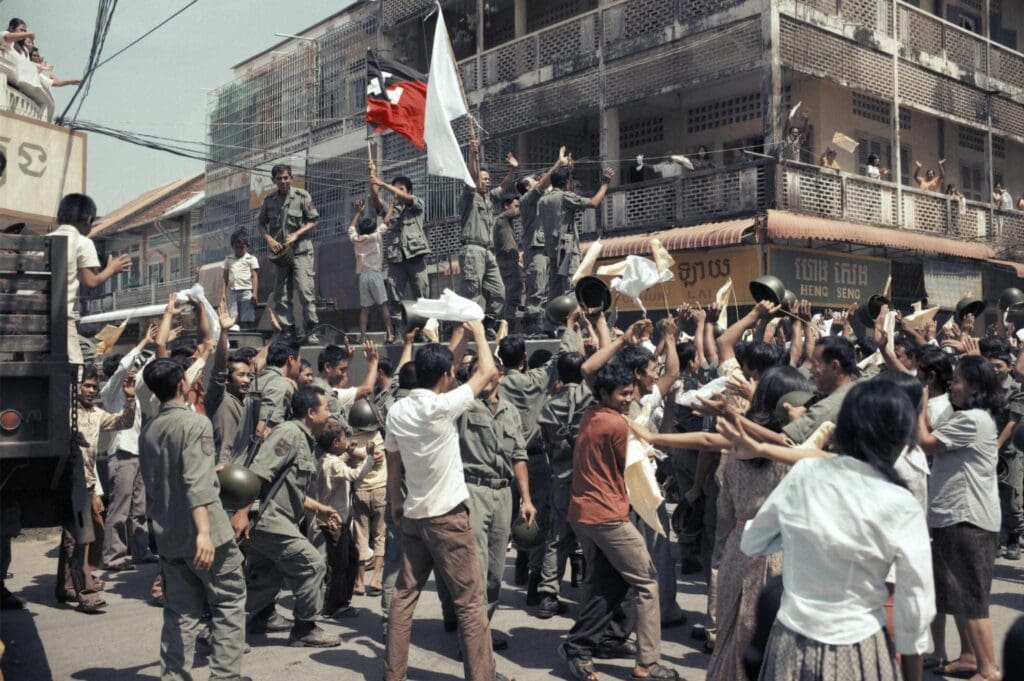
“First They Killed My Father” by Angelina Jolie is her best directorial work so far: a rare film that tells the tragedy of the country through the eyes and heart of a child, and it is also the best war film ever. The dramatic Cambodian historical movie is adapted from a girl named Loung Ung’s memoirs about his family experience after the Khmer Rouge took over Cambodia. The movie is directed by Jolie and co-authored by Loung Ung herself, it differs from most works in this respect not only in that it is well done, but also in some extraordinary cinematographic details it possesses.
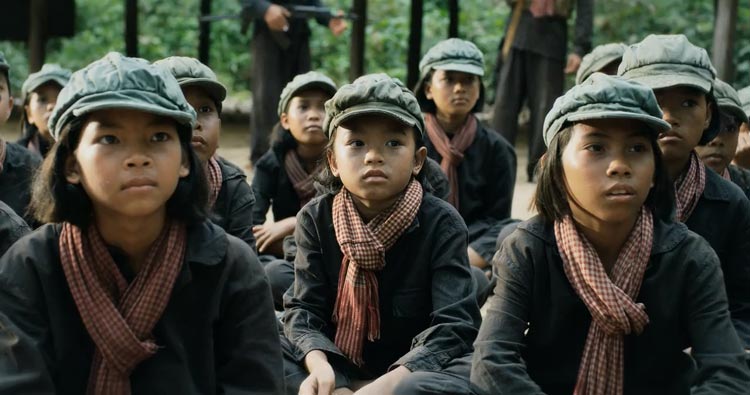
When the Khmer Rouge occupied Phnom Penh, Ung was 5 years old. Her young mind was tainted by memories of hunger, cruelty and sudden death. She learned skills no kid should know, like how to bury landmines, how to throw an AK47, and how to pierce a spear into the chest of a Vietnamese soldier.
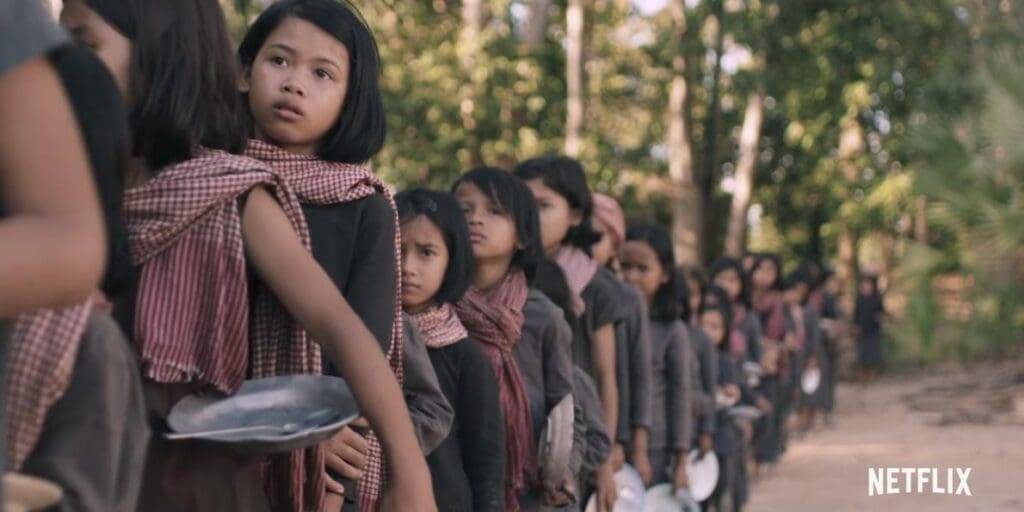
Understandably, the US military expressed disinterest or hostility towards Cambodia, then President Richard Nixon insisted there was no American war there, and then Secretary of State Henry Kissinger coldly promised “The final solution” is in this area. The mix of languages in this section reinforces the notion that this era is a tragedy of international concern, regardless of whether or not people alive at the time noticed it.
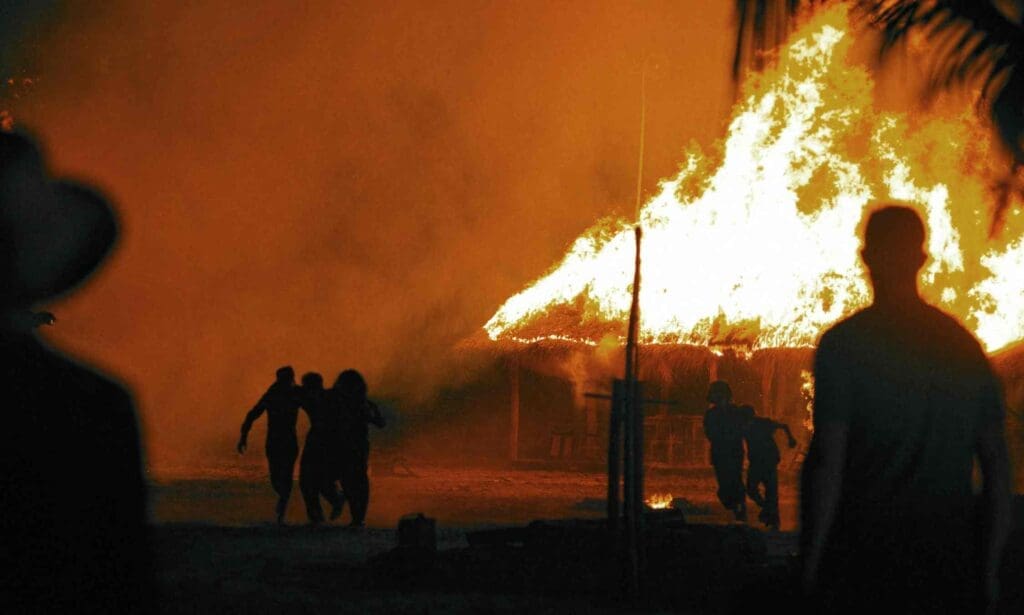
Luong’s story begins in relative peace. The little girl and her bourgeois family are in the capital, led by a military police father (Phoeung Kompheak), wondering what changes the end of the American war will bring. The Khmer Rouge, a branch of the North Vietnamese People’s Army led by the future dictator Pol Pot, arrived in the town, shattered the remnants of the country’s weak official government, and began a purge that would kill millions of people. Loung’s father saw the writing on the wall and took his wife (Sveng Socheata) and children out of town.
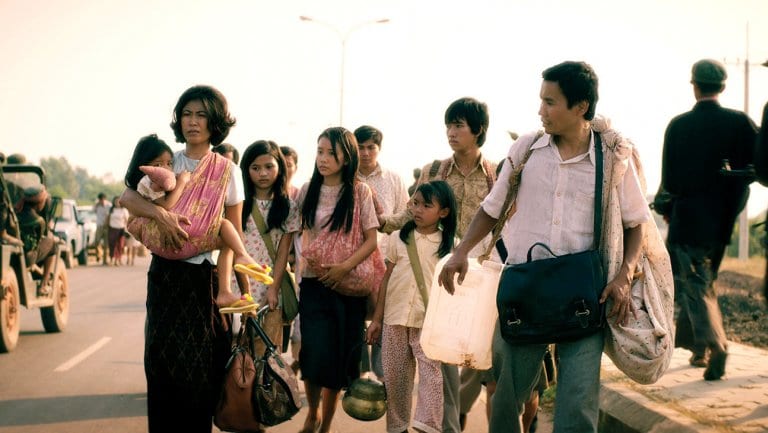
From then on, “First They Killed my Father” became a survival story about a suddenly helpless family spending a day at all costs. Their efforts are obscured by their knowledge, because they know that not everyone can survive, and even seemingly plain interactions can lead to family separation, imprisonment, cruel treatment or murder. The first scene in which Luong’s mother, father, and siblings took off most of their possessions (including some beloved clothes and toys), which sends a heartbreaking message to viewers knowing that these events are from the lens of a curious, innocent child.
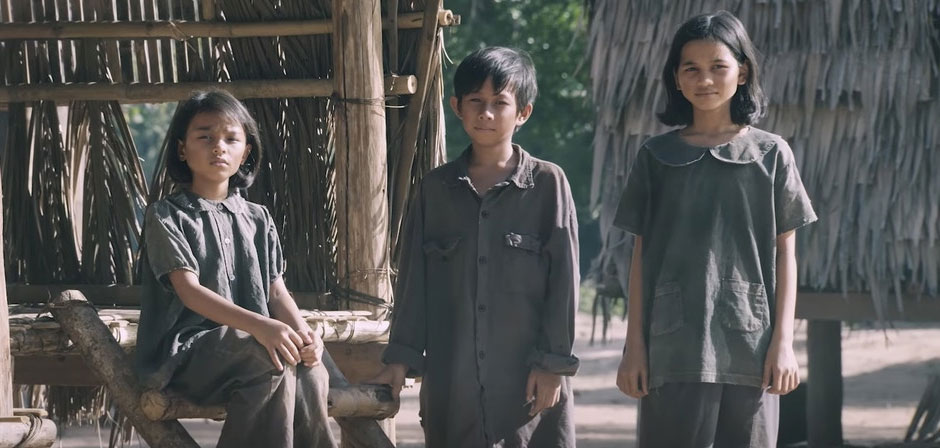
2.) General Antonio Luna (2015)
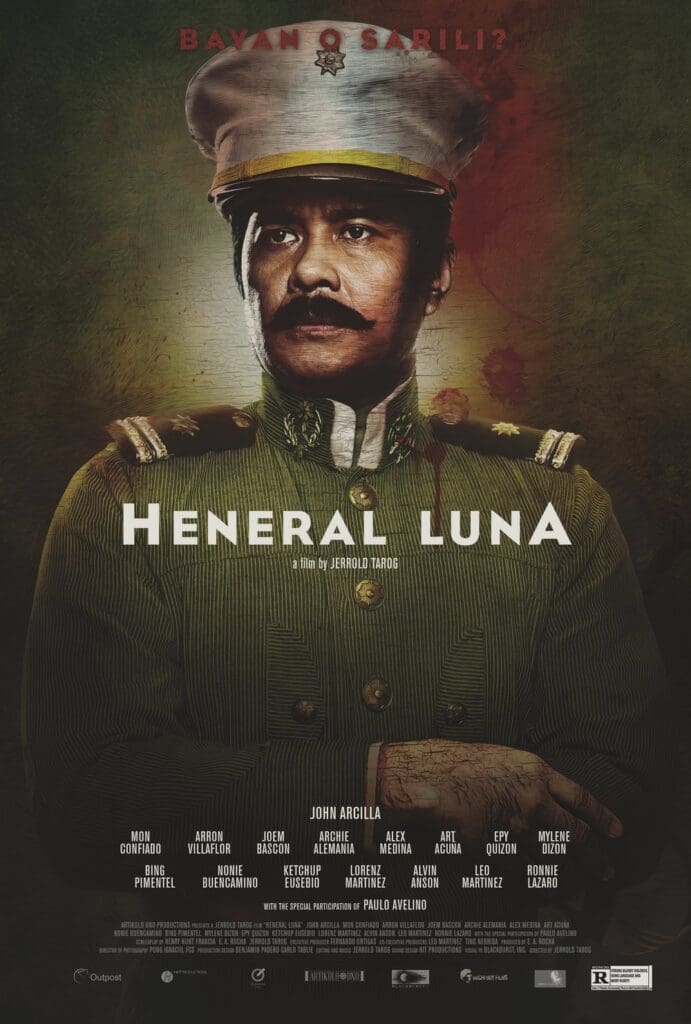
Heneral Luna pays tribute to the heroic military commander who led the Philippines in the struggle for freedom in the late 19th century. It is a powerful and moving, sometimes simplistic, historical epic about the bravery and betrayal of a country at war. In the last years of Antonio Luna, the European educated scientist became a soldier and was killed by his betraying subordinates at just 32 years old. Jerrold Tarog’s Big Budget blockbuster sparked a sensation in the Philippines. Local audiences are warm with John Arcilla’s highly transformed role as Luna and how his story reflects the chaos of contemporary Philippine politics.
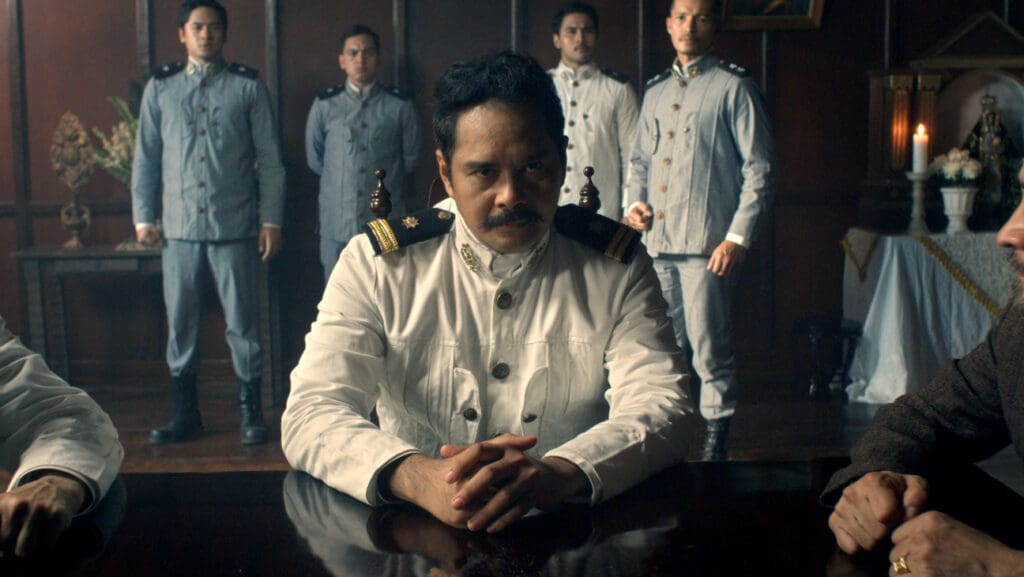
A drama featuring introductory readings and two hours of relentless bragging about the history of Southeast Asian countries, Heneral Luna has been selected as the best foreign language film in the country for 2016’s Oscar presentation. Although the film thrives on some universal truths about the futility of political ideals, its appeal outside of the Philippines and the global diaspora may be limited. At the same time, its core production values and domestic achievements, considering its status as a major local studio’s independent production, may hinder its search for festival tours of genre masters like Eric Marty.
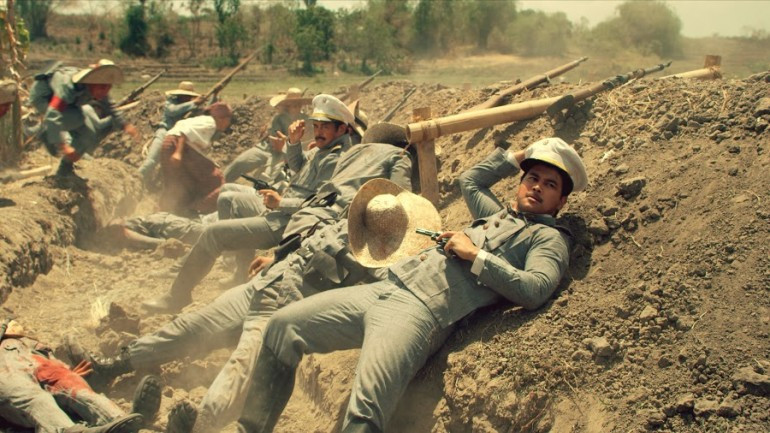
Avoiding the disturbing truths of Luna’s early life and passing politics (he started advocating political reforms rather than full-scale revolutions), the film began in 1898, when he was already immersed in armed struggle and was the commander of the Republican Army. By then, the US military had defeated the Spanish colonists and was preparing to annex the Archipelago, while Luna was busy leading the independence movement towards direct confrontation with a superpower aimed at gaining a foothold in Asia.
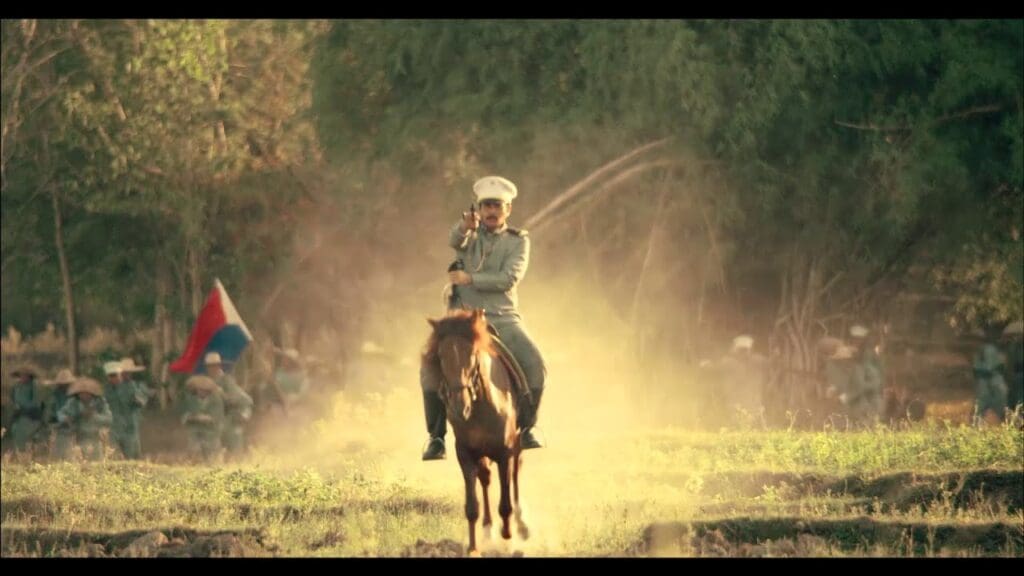
Such a movie that landed on our 3 best historical movies on Netflix list tells the story of a person who had the witness of the very first Philippine President and Dictator Emilio Aguinaldo killing fellow dissidents, such as the execution of the rebel commander Andrés Bonifacio. A brutal murder, which foreshadows what is about to happen. Following Luna’s doomed disappearance, Tarog’s film tells a whirlwind of accusations in which one of the fighters ignores his two-faced opponents, furious at the dying light, and staggers towards a terrible ending.
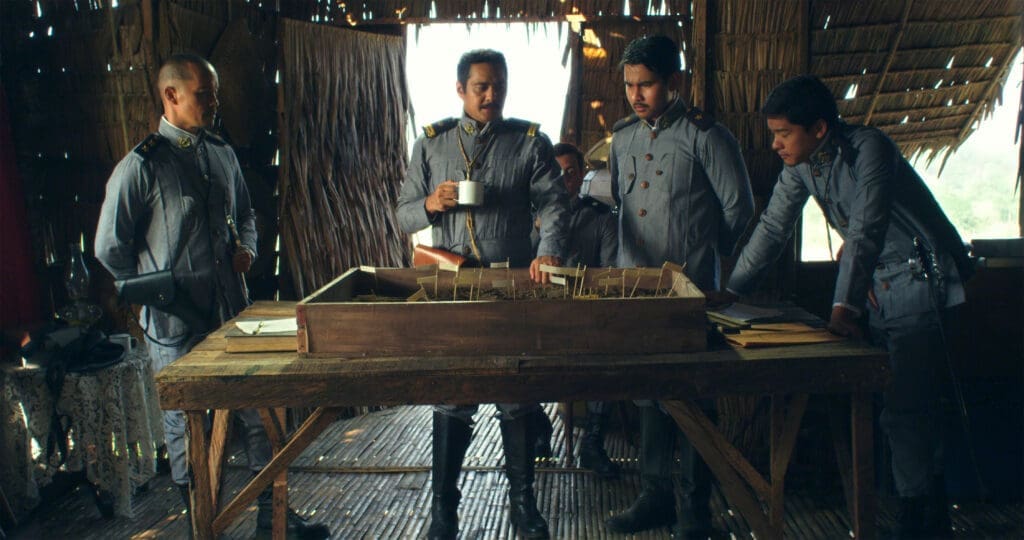
Just as Woodrow Wilson’s 1920 “Manifestation of Destiny” speech was used to reinforce the argument that the United States expanded in the 1890s, the message here is undoubtedly noble and affirmative. Heneral Luna moves forward without blinking, his trade is as subtle as his nominal hero.

1.) Kartini, Princess of Java (2017)

This third movie from our 3 best historical movies on Netflix list is about a Javanese Princess, Kartini, one of the most iconic Indonesian heroines that contributed to the patriotic struggle for Indonesian independence from The Netherlands and Japan. Since the film focuses on Kartini’s life when she reached the age for marriage, she talks about the nominal role in achieving her goal of studying abroad and seeing the world. The story of the struggle is outside the walls of his palace, his place of confinement. She negotiated and engaged with her father and other older male relatives so that she could play on the beach, continue the relationship with her Dutch friends, and then maintain relationships with her future husband in the scheduled marriage so that she could open schools for the disadvantaged groups of women.

Kartini’s idea is to show the world the art of Jepara woodcarving, the iconic crafts of the area are known today, as well as her understanding of Islam and her suggestion to translate the Qur’an into the local Javanese language so that the people can avoid mistakes in interpreting it and commit crimes in the name of religion.
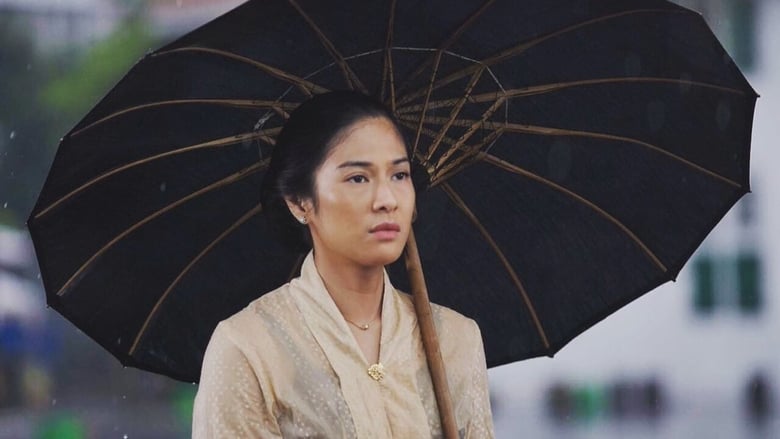
119 minutes were filled with all content, the conflict was tense from the start, and some narratives that affected character development were excluded, which is understandable. It is obvious from the title that Hanung (The Director) adapted the novel Panggil Aku Kartini Saja (Just Call Me Kartini) by Pramoedya Ananta Toer, which tells how Kartini decided to give up his noble title, Raden Ajeng, while the status of his birth mother Ngasirah was lowered.
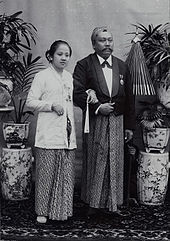
The Princess is played by actress Dian Sastrowardoyo as Kartini, Ayushita as Kardinah and Acha Septriasa as Roekmini.

The Princess’ close relationship with his younger brother Sos Roctono (Reza Rahadian), who was studying in the Netherlands, was mainly reflected in the film in the schoolbag he sent to the three sisters.
